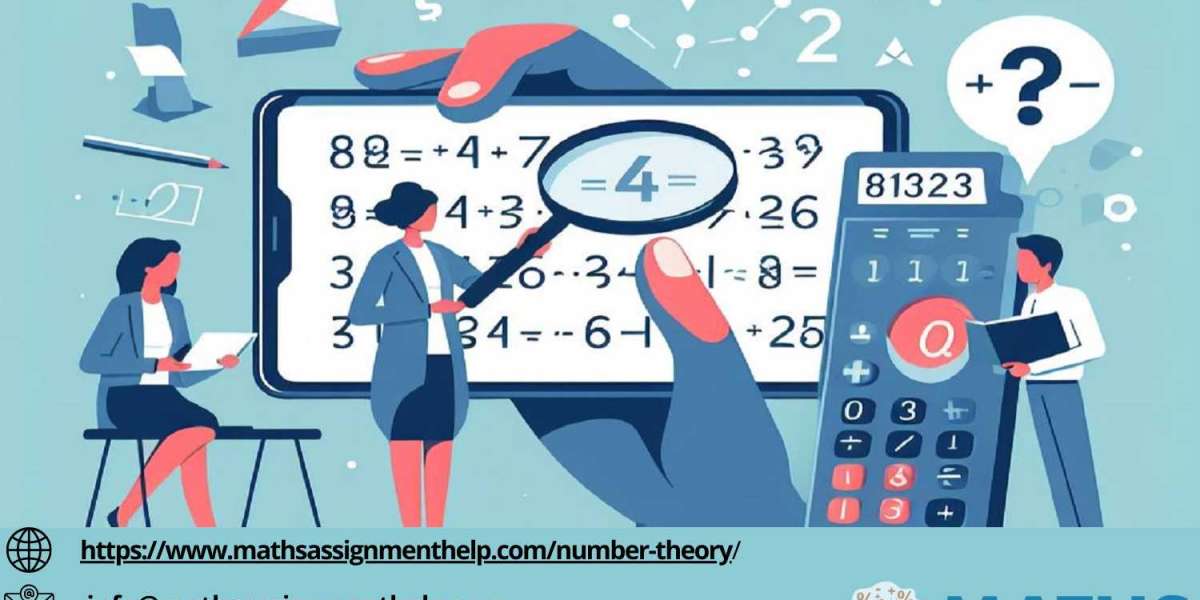Question 1: Exploring Prime Numbers
Prime numbers, the building blocks of the integer world, possess remarkable properties that have intrigued mathematicians for centuries. Define a prime number and discuss its significance in the realm of Number Theory.
Answer:
A prime number is a natural number greater than 1 that has no positive divisors other than 1 and itself. In essence, it is indivisible by any other number except 1 and itself. Prime numbers hold immense significance in Number Theory, serving as the fundamental elements from which all other integers are constructed. They form the bedrock of numerous mathematical concepts, such as factorization, the fundamental theorem of arithmetic, and cryptography. Prime numbers play a pivotal role in encryption algorithms, ensuring the security of sensitive information in digital communication. Moreover, their distribution across the number line remains a captivating topic of research, with the elusive nature of prime numbers continuing to intrigue mathematicians worldwide.
Question 2: The Mystique of Modular Arithmetic
Modular arithmetic unveils a fascinating world where numbers wrap around in cycles, presenting a unique perspective on arithmetic operations. Define modular arithmetic and elucidate its applications in various mathematical domains.
Answer:
Modular arithmetic, also known as clock arithmetic, is a branch of arithmetic that deals with integers and their remainders upon division by a fixed modulus. In this system, numbers "wrap around" when they reach the modulus, creating a cyclic pattern of residues. Modular arithmetic finds applications in diverse mathematical realms, including cryptography, computer science, and number theory. It forms the foundation of public-key encryption algorithms, where operations modulo a large prime ensure secure communication over digital networks. Additionally, modular arithmetic facilitates the study of periodic phenomena in various fields, such as physics and engineering. Its elegant simplicity and versatility make modular arithmetic a cornerstone of modern mathematics, driving innovation and discovery across disciplines.
Question 3: Unraveling the Fibonacci Sequence
The Fibonacci sequence stands as a testament to the inherent beauty and harmony found in mathematical patterns. Define the Fibonacci sequence and explore its significance in both natural and mathematical contexts.
Answer:
The Fibonacci sequence is an infinite sequence of numbers in which each term is the sum of the two preceding terms, starting with 0 and 1. Mathematically, it is defined by the recurrence relation: Fn = Fn-1 + Fn-2, with initial values F0 = 0 and F1 = 1. This sequence manifests in numerous natural phenomena, ranging from the arrangement of petals in flowers to the branching patterns of trees. In addition to its aesthetic appeal, the Fibonacci sequence holds profound mathematical significance, permeating various areas of study such as number theory, combinatorics, and geometry. Its properties and relationships with other mathematical constructs continue to captivate mathematicians, inspiring new avenues of research and exploration. From the spirals of seashells to the algorithms of computer science, the Fibonacci sequence leaves an indelible mark on the fabric of our mathematical understanding.
Conclusion:
In traversing the intricate landscapes of Number Theory, we have encountered a tapestry of concepts that illuminate the inherent beauty and elegance of mathematics. From the primal allure of prime numbers to the rhythmic cadence of the Fibonacci sequence, each inquiry offers a glimpse into the rich tapestry of mathematical thought. As we conclude our exploration, let us embrace the wonder and curiosity that propel us ever deeper into the realms of Number Theory, where the pursuit of knowledge knows no bounds.








